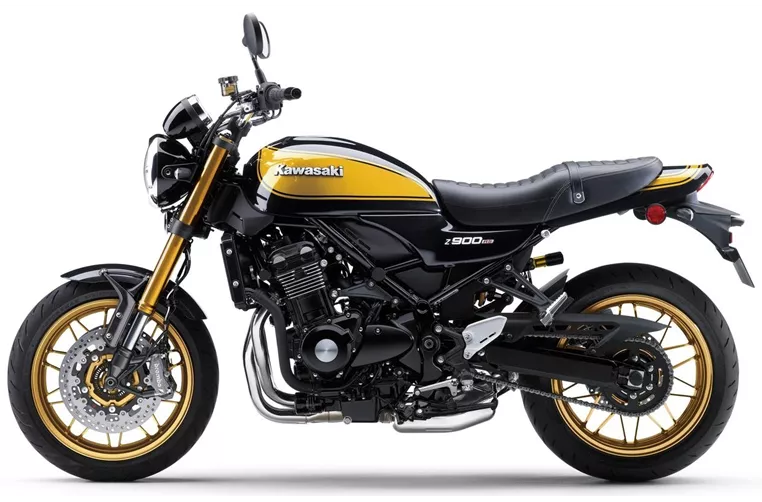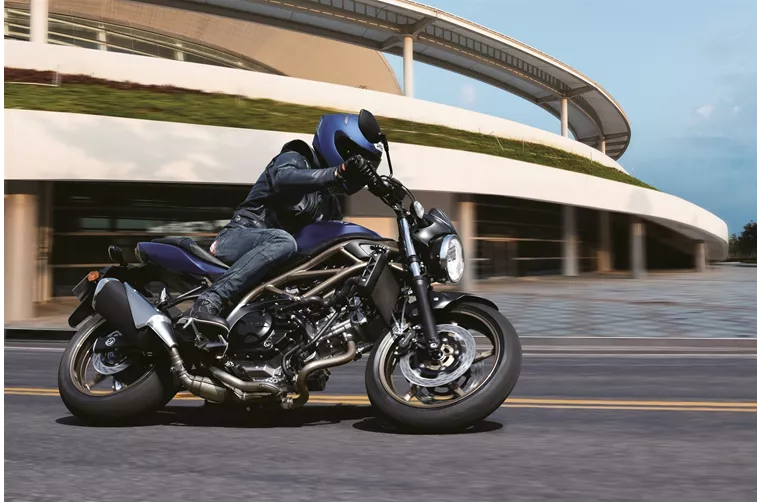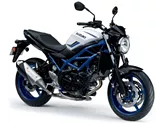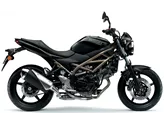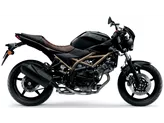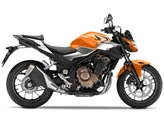Kawasaki Z900 RS SE 2022 vs. Suzuki SV 650 2023
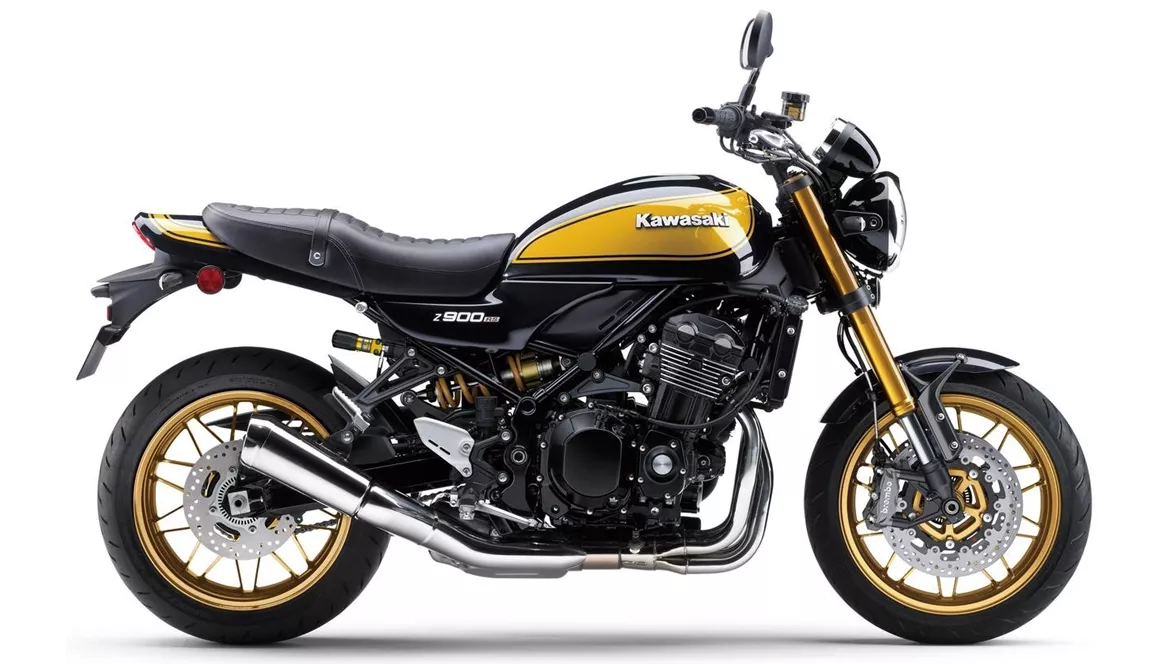
Kawasaki Z900 RS SE 2022
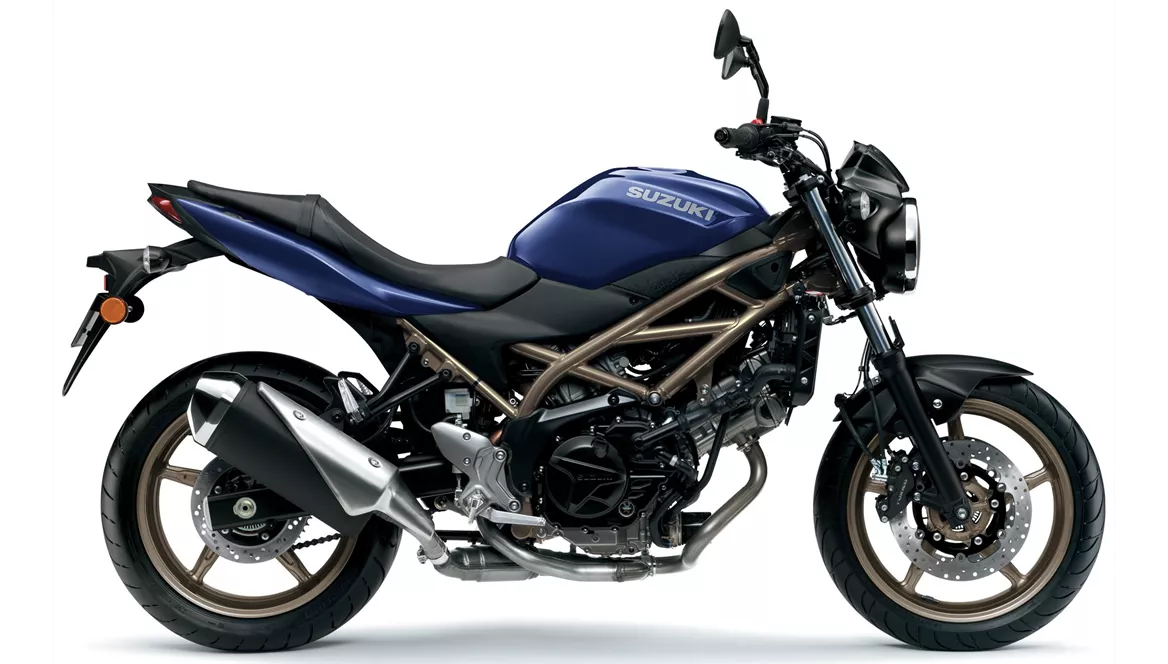
Suzuki SV 650 2023
Overview - Kawasaki Z900 RS SE 2022 vs Suzuki SV 650 2023
The Kawasaki Z900 RS SE 2022 and the Suzuki SV 650 2023 are both naked bikes that offer unique features and capabilities. Let's compare these two motorcycles based on their technical specifications and strengths.
Starting with the engine and drive train, the Kawasaki Z900 RS SE 2022 is equipped with an inline 4-cylinder engine that delivers a powerful 111 HP and 98.5 Nm of torque. On the other hand, the Suzuki SV 650 2023 features a V2 engine with 73 HP and 64 Nm of torque. The Kawasaki Z900 RS SE 2022 has a larger displacement of 948cc compared to the Suzuki SV 650 2023's 645cc.
In terms of suspension, both motorcycles have a swing arm rear suspension with a monoshock absorber. However, the Kawasaki Z900 RS SE 2022 offers additional adjustment options for preload and rebound, while the Suzuki SV 650 2023 only has preload adjustment. The Kawasaki Z900 RS SE 2022 also features an upside-down telescopic fork for the front suspension, providing enhanced stability and control.
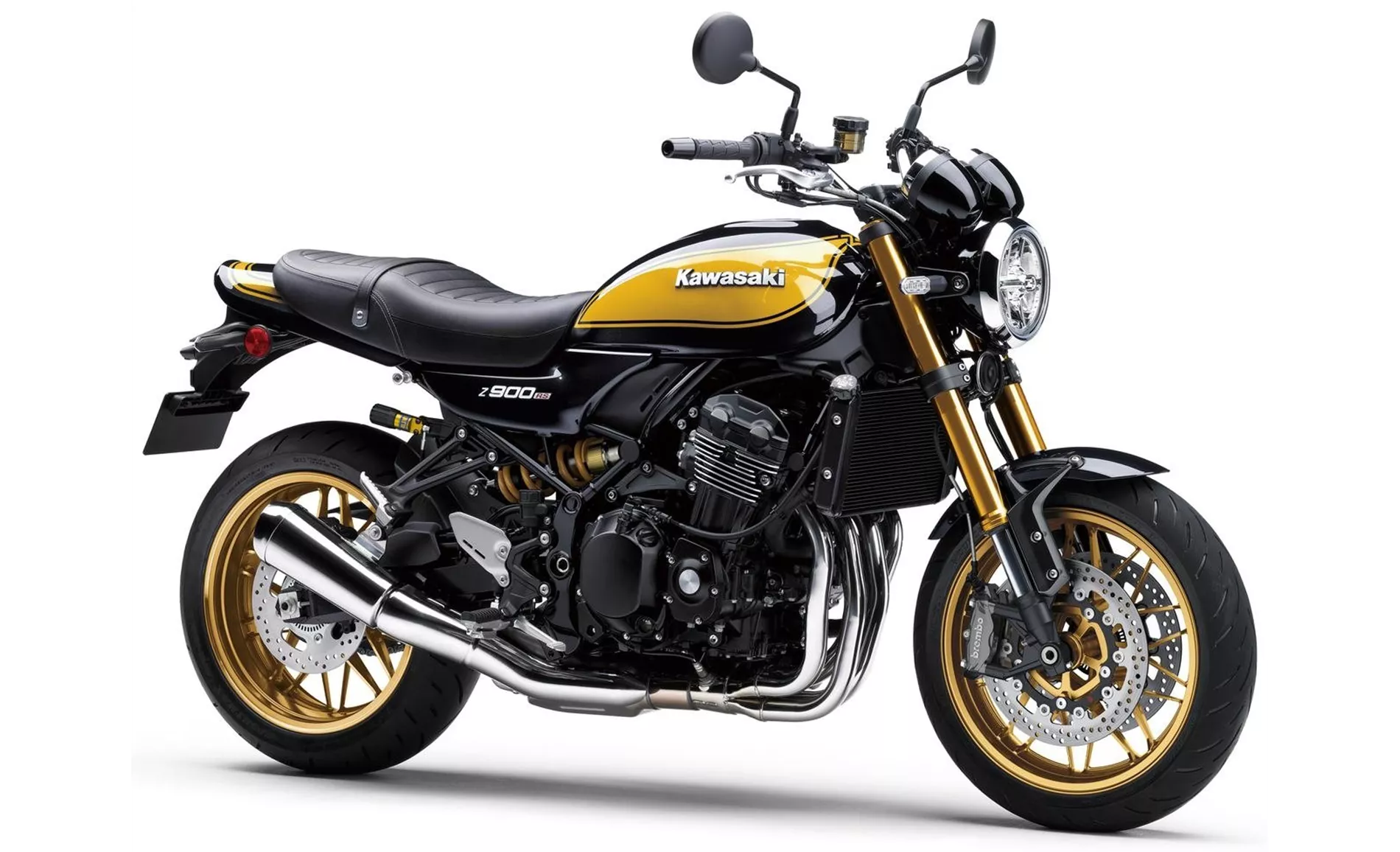
Kawasaki Z900 RS SE 2022
When it comes to the chassis, both motorcycles have a tubular steel frame. However, the Kawasaki Z900 RS SE 2022 has an aluminum swing arm, which can provide improved strength and durability compared to the steel swing arm of the Suzuki SV 650 2023.
In terms of braking, both motorcycles are equipped with double disk brakes at the front with four-piston calipers. The Kawasaki Z900 RS SE 2022 has slightly larger brake disks with a diameter of 300mm, compared to the 290mm disks on the Suzuki SV 650 2023. Both motorcycles also feature ABS for advanced rider assistance.
In terms of dimensions and weights, the Kawasaki Z900 RS SE 2022 has a wider front tire width of 120mm compared to the Suzuki SV 650 2023's 120mm. The Kawasaki Z900 RS SE SE 2022 also has a larger fuel tank capacity of 17 liters, while the Suzuki SV 650 2023 has a 14.5-liter tank. The Suzuki SV 650 2023 has a slightly shorter wheelbase of 1445mm compared to the Kawasaki Z900 RS SE 2022's 1470mm. The seat height of the Kawasaki Z900 RS SE 2022 is also higher at 835mm, while the Suzuki SV 650 2023 has a seat height of 785mm.
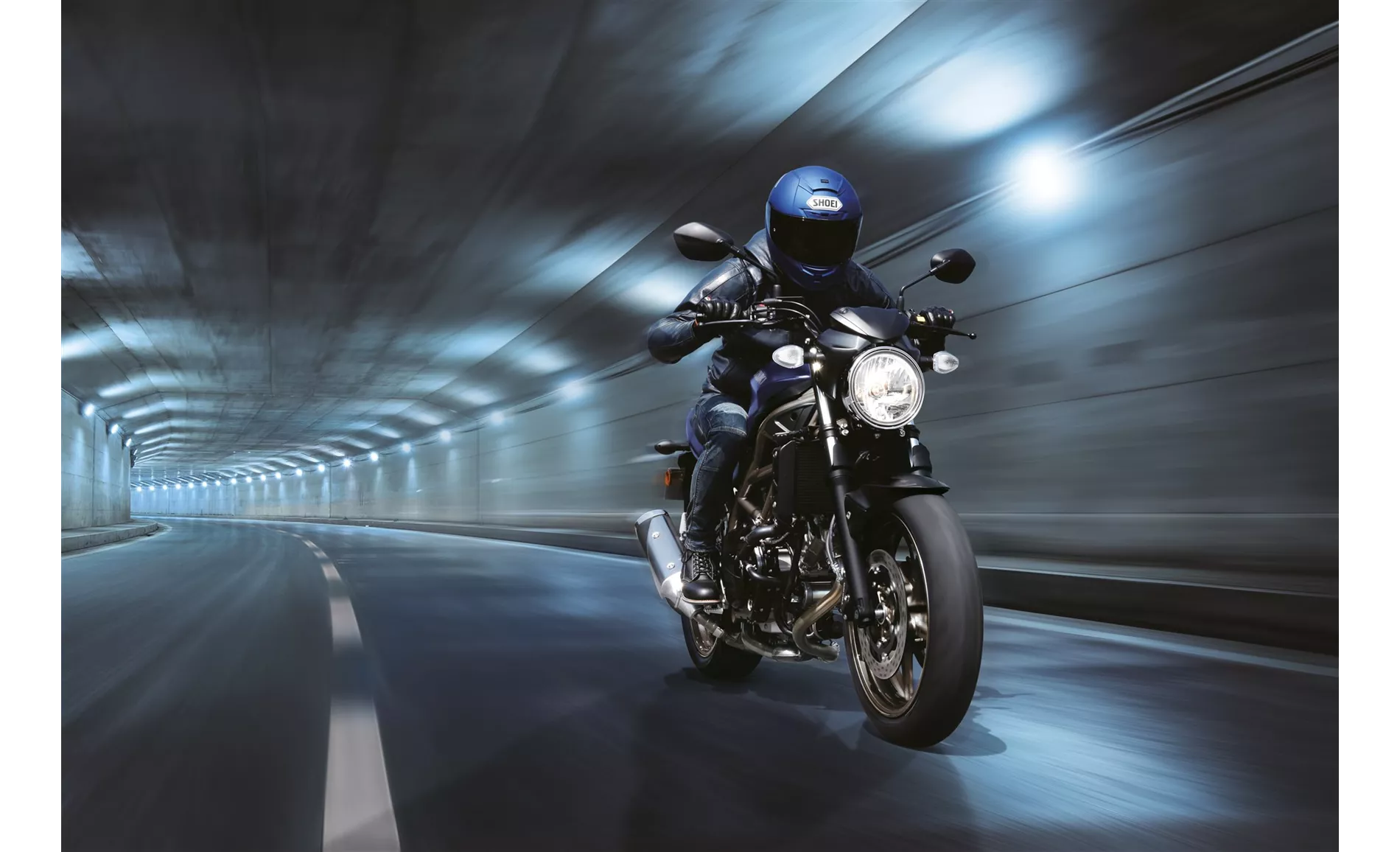
Suzuki SV 650 2023
In terms of strengths, the Kawasaki Z900 RS SE 2022 offers exclusivity with its classic round clocks and powerful engine. It also has Öhlins shock and Brembo brakes with Stahlflex, providing enhanced performance and control. On the other hand, the Suzuki SV 650 2023 boasts a V2 powerplant, making it unique in its class. It also offers a beginner-friendly seating position and easy handling, along with a timeless look.
However, both motorcycles have their weaknesses. The Kawasaki Z900 RS SE 2022 lacks cruise control and is often sold out quickly due to its popularity. The Suzuki SV 650 2023 requires manual force for braking and lacks additional electronics apart from ABS. The instruments on the Suzuki SV 650 2023 are also moderately readable.
In conclusion, the Kawasaki Z900 RS SE 2022 and the Suzuki SV 650 2023 are both impressive naked bikes with their own unique features and strengths. The Kawasaki Z900 RS SE 2022 offers a more powerful engine, advanced suspension adjustments, and a larger fuel tank capacity. On the other hand, the Suzuki SV 650 2023 stands out with its V2 powerplant, beginner-friendly seating position, and easy handling. Ultimately, the choice between these two motorcycles depends on the rider's preferences and priorities.
Technical Specifications Kawasaki Z900 RS SE 2022 compared to Suzuki SV 650 2023
Pros and Cons in comparison
Pros and Cons in comparison
Kawasaki Z900 RS SE 2022
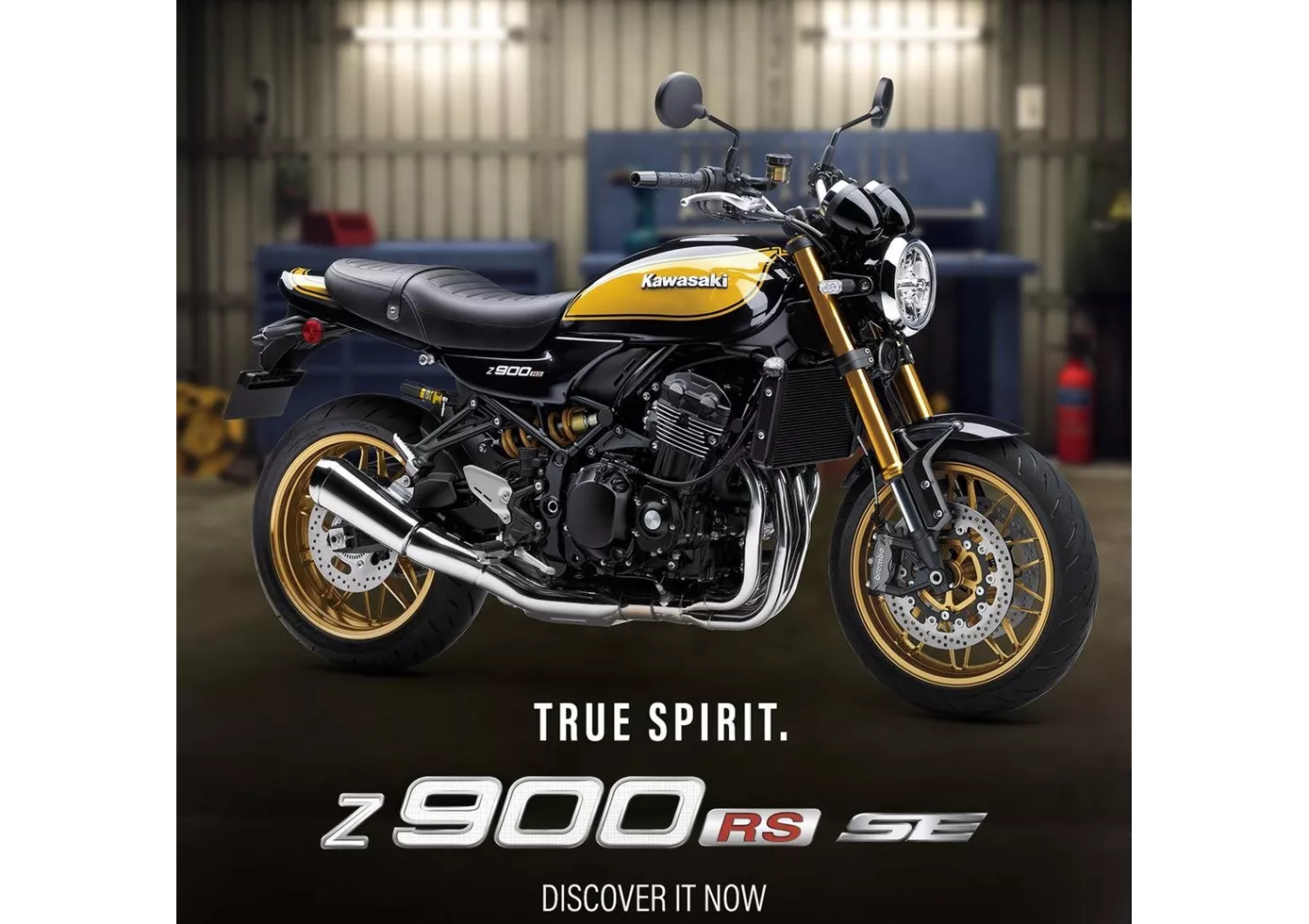
Kawasaki has done everything right with the Z900RS SE. The fact that the already very good and extremely charismatic Z900RS has been further upgraded with noble components not only feeds pride of ownership, but also brings the small advantages in the very sporty serious case that bring the summit victory. I would modify the saying "The better is the enemy of the good" for RS SE and RS as follows: "The better is the friend of the good." Whether RS or RS SE, retro at its best.
Suzuki SV 650 2023
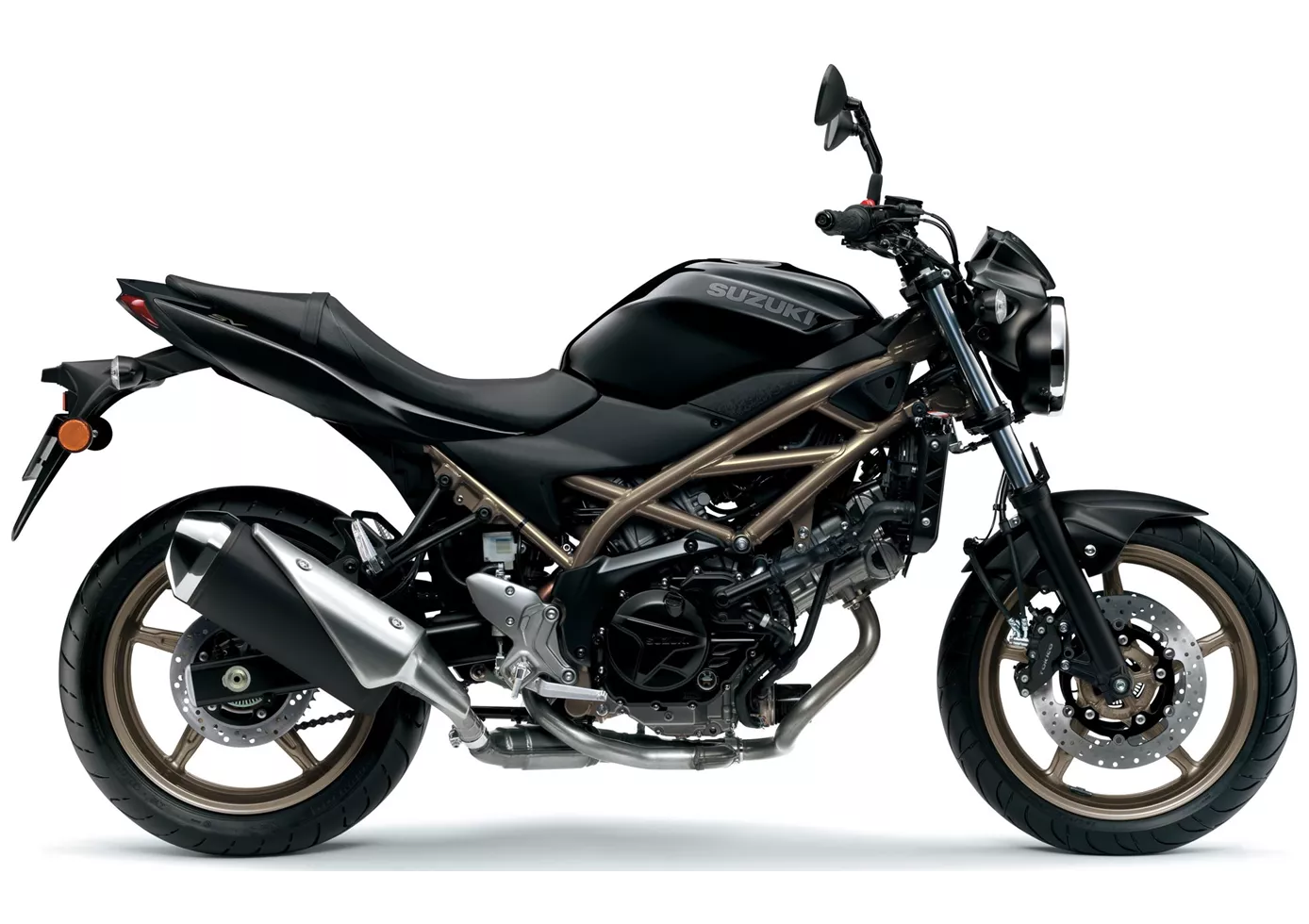
The Suzuki SV 650 has been on the market for 25 years, longer than any other motorbike. The engine has been updated to Euro5 and is now even more mature, which clearly fits in with the rest of the package. The SV 650 doesn't want to scare anyone, especially beginners. The chassis makes a solid, unagitated impression, the brakes require a lot of manual force to prevent unexpected overbraking. The look is timeless on the one hand, but on the other hand some components are really a bit outdated. On the other hand, the price is fair, as usual for Suzuki.
Price Comparison Avarage Market Price Kawasaki Z900 RS SE vs Suzuki SV 650
There are a few key differences between a Kawasaki Z900 RS SE 2022 and a Suzuki SV 650 2023. It takes less time to sell a Suzuki SV 650 with 133 days compared to 168 days for the Kawasaki Z900 RS SE. Since model year 2022 1000PS.de editors have written 8 reviews for the Kawasaki Z900 RS SE and 25 reviews for the Suzuki SV 650 since model year 2005. The first review for the Kawasaki Z900 RS SE was published on 16/08/2021 and now has more than 59,000 views. This compares to more than 14,200 views for the first review on Suzuki SV 650 published on 26/09/2008.
